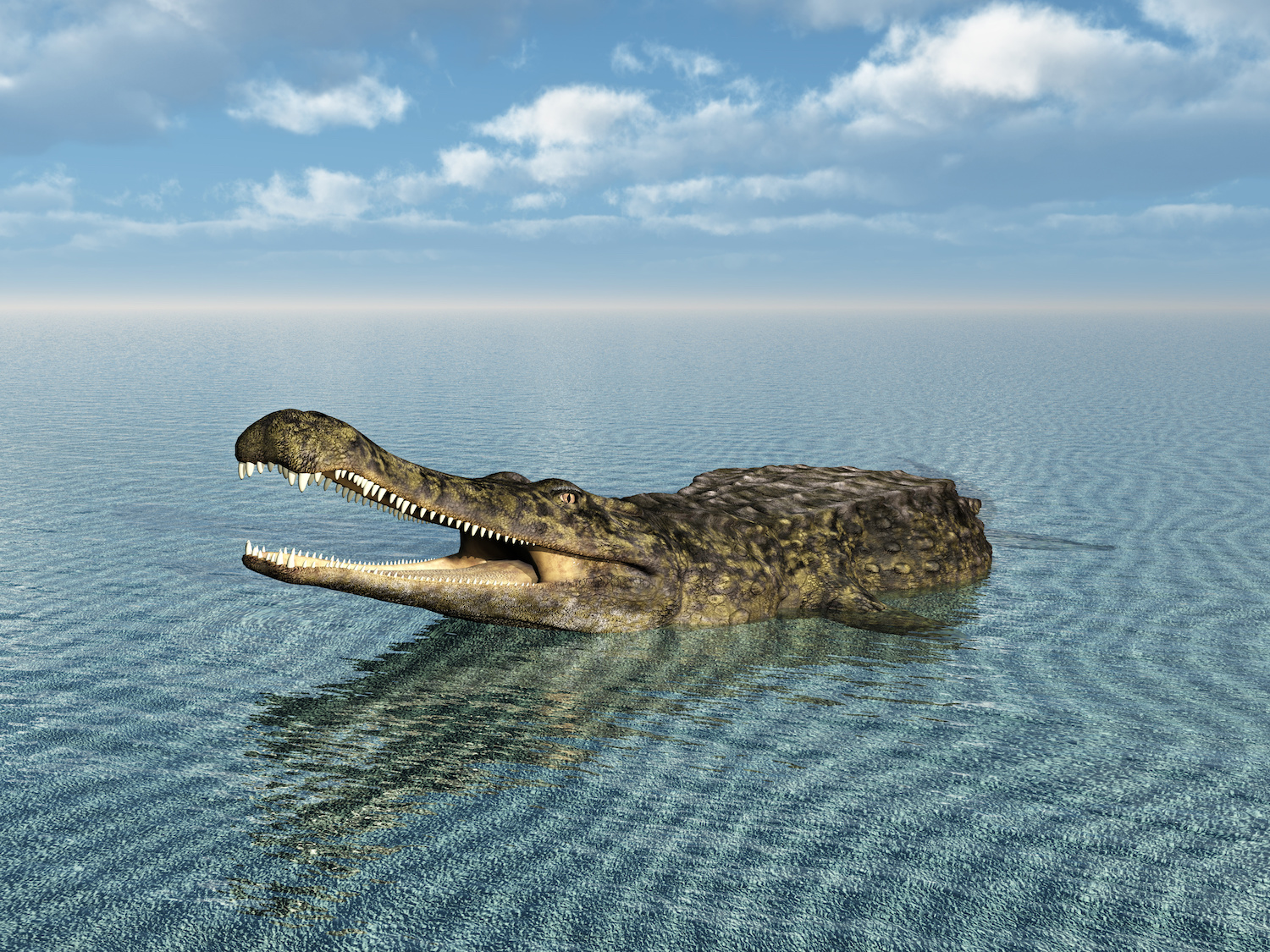An alligator made a surprise appearance on a popular Florida beach
When you navigate to the beach for the day, there are a lot of things you expect to see. There will be bikinis and board shorts, beach umbrellas, coolers stocked with refreshing drinks and snacks, crabs scurrying around and seagulls flying overhead. And, of course you’ll have ample sun, sand and ocean — you are outdoors after all. Something you definitely don’t expect to see, though, is a massive reptile lumbering along the shore.
But, that’s just what beachgoers in Panama City encountered on their local stretch of sand. One sun-seeking American alligator swam on shore and took a leisurely stroll along the water’s edge. The alligator also frolicked in the surf in St. Andrews State Park.
Snap Happy
Naturally, at least one person nearby grabbed her camera and snapped away. Lisa Powell Niemiec’s photos of the unexpected visitor went viral after she posted them on her Facebook page.
Her photos garnered a wide range of comments, from ones showing shock and awe to a person noting, “Just your average Florida beach day.”
It’s not too surprising that Floridians would brush aside an alligator sighting. There are more than 1 million members of the species living in the state, and they’ve been making headlines lately for much more than long walks on the beach.
Alligator attacks are on the rise. The growing gator population and city development into their habitats are both contributing factors.
The Tampa Bay Times quotes a report from “Inside Science,” a science news publication, as stating that gator bites in Florida “have been on the rise, increasing from an average of just one every three years between 1988 and 1999 to about seven per year between 2000 and 2016.”
According to the report, humans may be to blame for the increase. As the population and development have continued to grow in Florida, scientists say that alligator attacks have too. After studying various factors, including weather and environment, researchers have concluded that the rise in human activity in the area is the only logical cause.
Around the Neighborhood
In fact, there are freshwater alligator habitats nearby in St. Andrews State Park. The park’s Gator Lake earned its name from the alligators who frequent its waters.
Alligators prefer fresh water. But, as this one shows, they can venture outside their comfort zone. Alligators can tolerate salt water for up to a couple days. That could explain why this creature came on shore and stepped onto the beach.
Perhaps this alligator wanted a break from the salt water, or was fatigued from the work of traveling through water. Sometimes, unlike Dory, you can’t “just keep swimming!”
Perhaps this giant alligator just couldn’t resist a good beach day — after all, who can? Still, it’s worth taking precautions and keeping your eyes open in areas associated with a high alligator population.
In light of recent attacks, the Florida Wildlife Commission is ramping up efforts to keep the public safe around gators.
The commission offered several tips for reducing the likelihood of a gator attack. Firstly, never feed an alligator. It’s illegal and causes alligators to associate people with food and stop distancing themselves.
If you do see an alligator, it’s important to keep your distance. While alligators may look slow and lethargic, the reptiles can actually move fairly quickly.
Finally, swim only in designated swimming areas during daylight hours. Alligators are most active between dusk and dawn.
“We’re stepping up our actions when it comes to gators because, of course, public safety is paramount,” FWC spokeswoman Karen Parker told the Tampa Bay Times. “If you’ve got a body of water in Florida, there’s a good chance there’s an alligator in it.”








